India: Where Spice Meets Sweet
When the pumpkin landed in India, it immediately slipped into simmering pots of curry, embracing the ancient spices of cumin, turmeric, and garam masala. Known as Kaddu, Ash Gourd, or Poosanikai, the pumpkin became a beloved staple across the country. Its tender flesh absorbed the complex flavors of Indian cuisine, while its natural sweetness balanced out the fiery heat of spices.
In North India, Kaddu ki Sabzi became a go-to dish during festivals and family gatherings. The pumpkin, cooked with a medley of spices, offered a comforting yet flavorful meal that united people around the table. It’s a dish that showcases pumpkin’s ability to absorb the flavors of the region, while still bringing its own gentle sweetness.
Meanwhile, in South India, the Ash Gourd (Kashiphal) became a star ingredient in traditional stews like Olan. Simmered with coconut milk and black-eyed peas, the mild sweetness of the pumpkin shines through. And in the northern city of Agra, Ash Gourd is transformed into the sugary delight of Petha, a dessert that sparkles like jewels on dessert plates during special occasions.
The versatility of the pumpkin in India doesn’t stop at curries and stews. Pumpkin Halwa, made with ghee, jaggery, and cardamom, is a favorite during festivals. Its sweet, rich flavors are a testament to the pumpkin’s role in India’s culinary landscape. As an old Asian proverb whispers, “Food is not simply nourishment; it is a story we taste.” And in India, the pumpkin tells a story of adaptation, of sweetness balancing spice, of tradition meeting innovation.

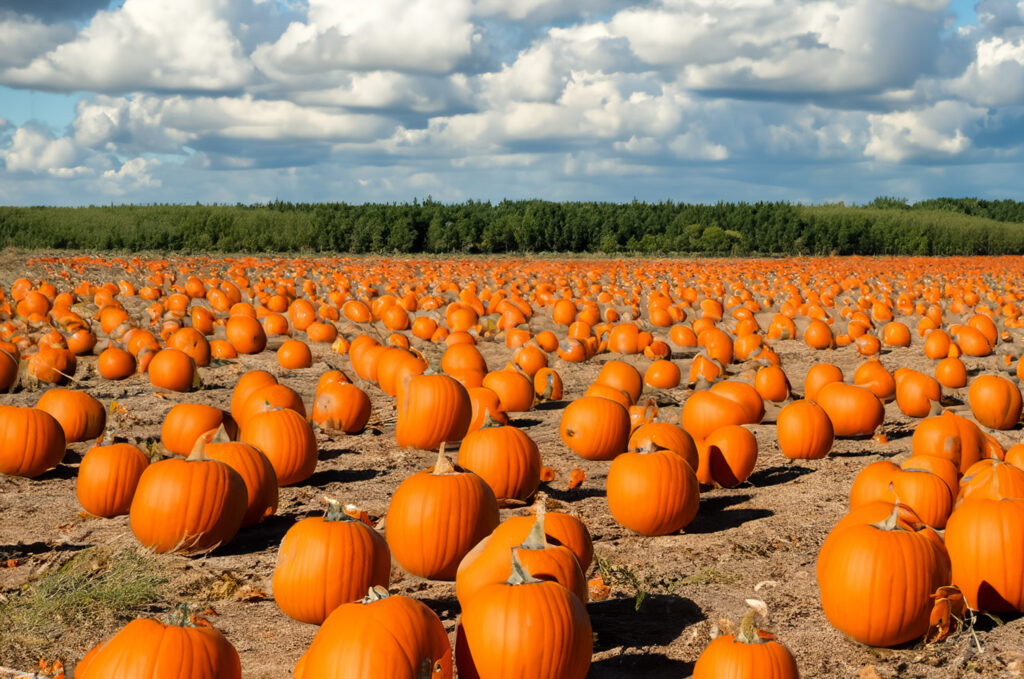
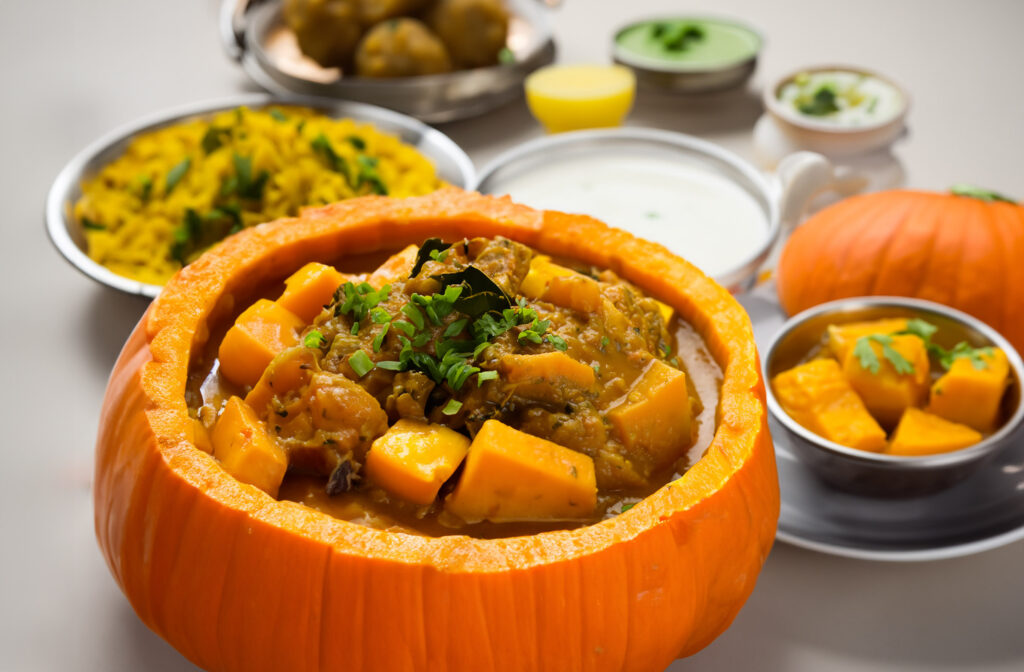
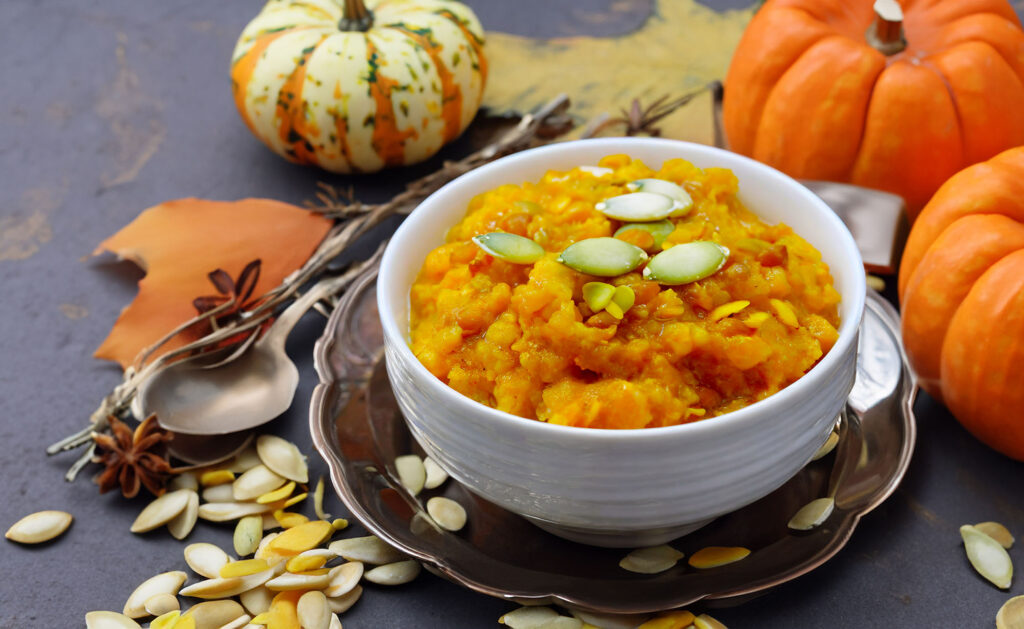
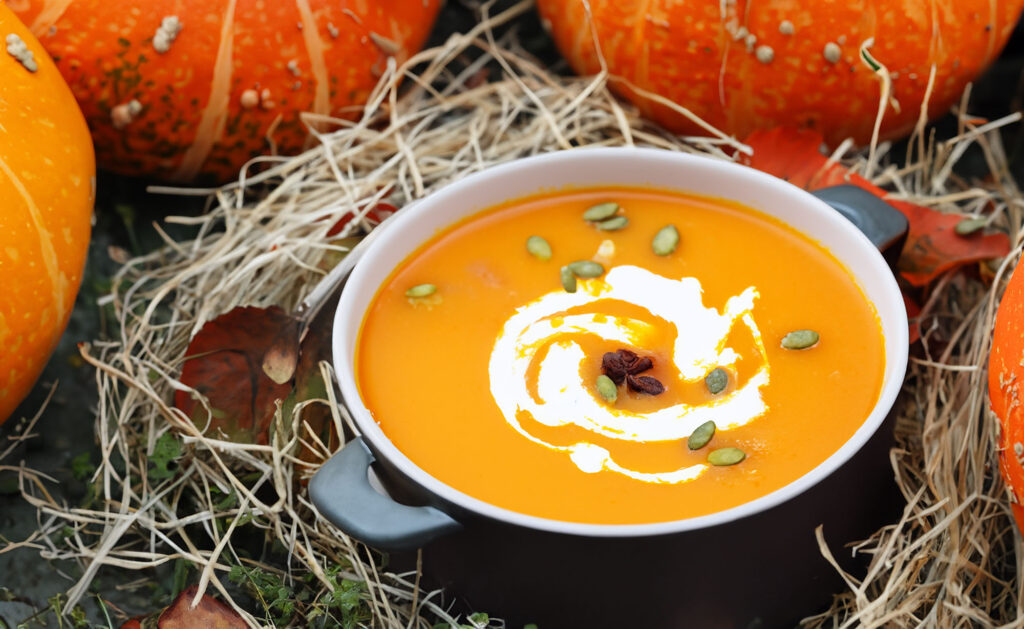
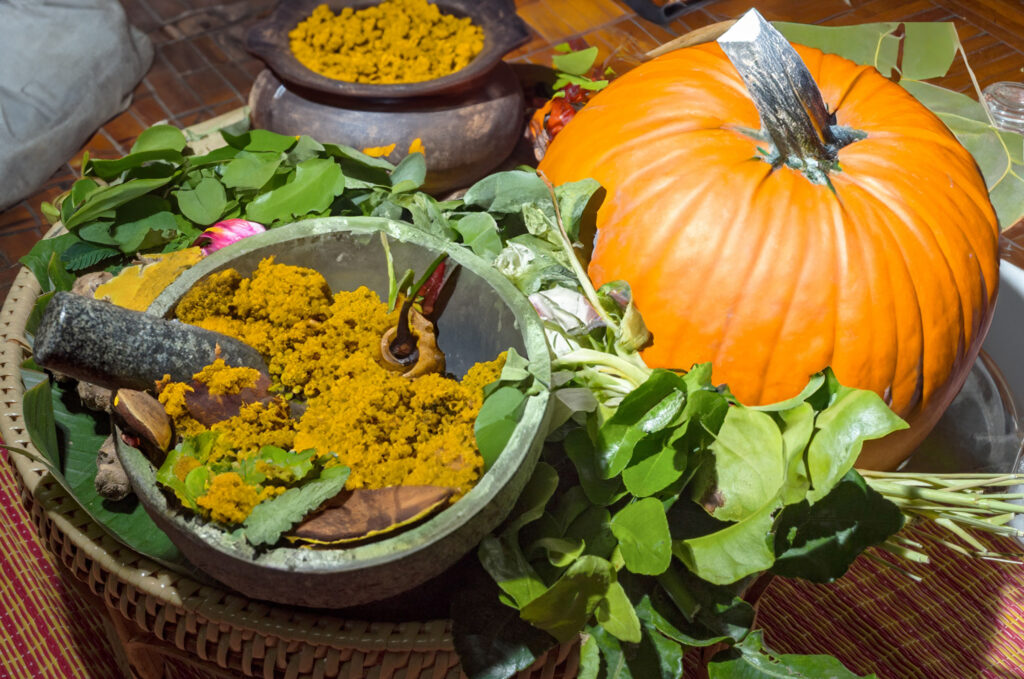
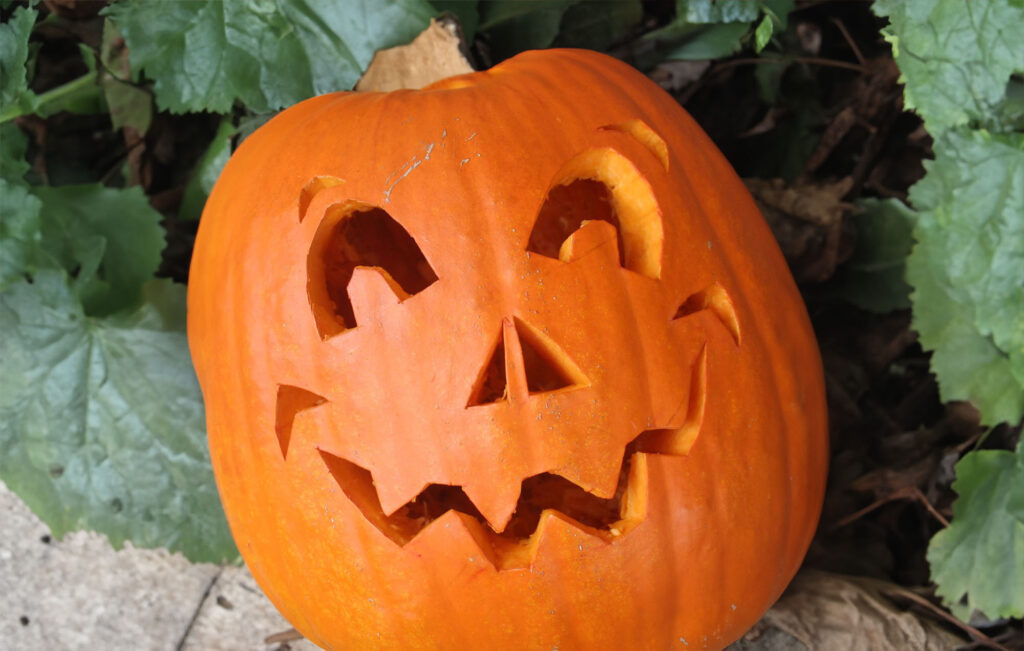
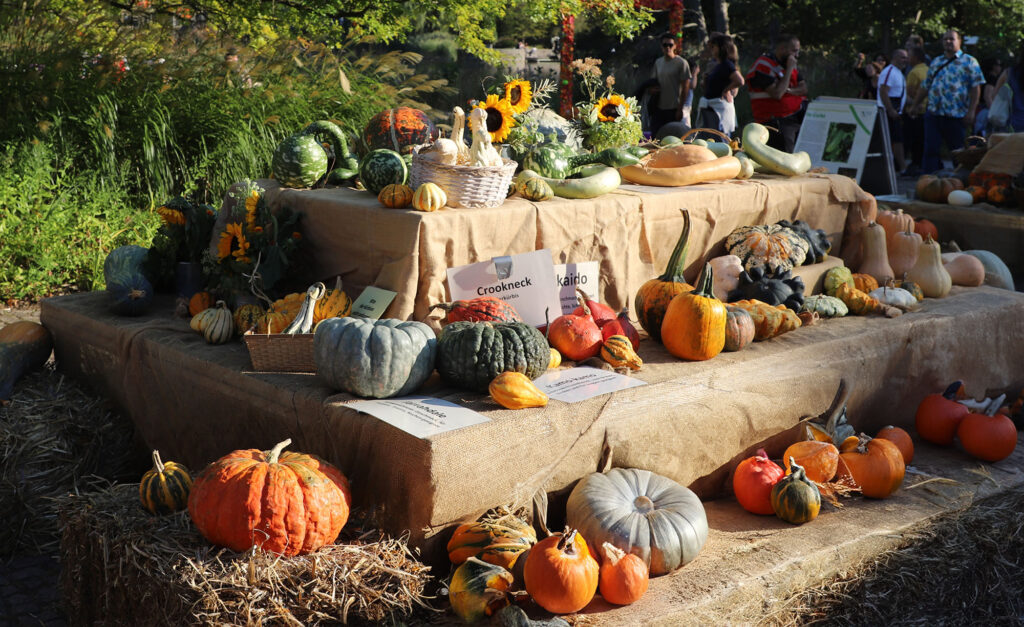
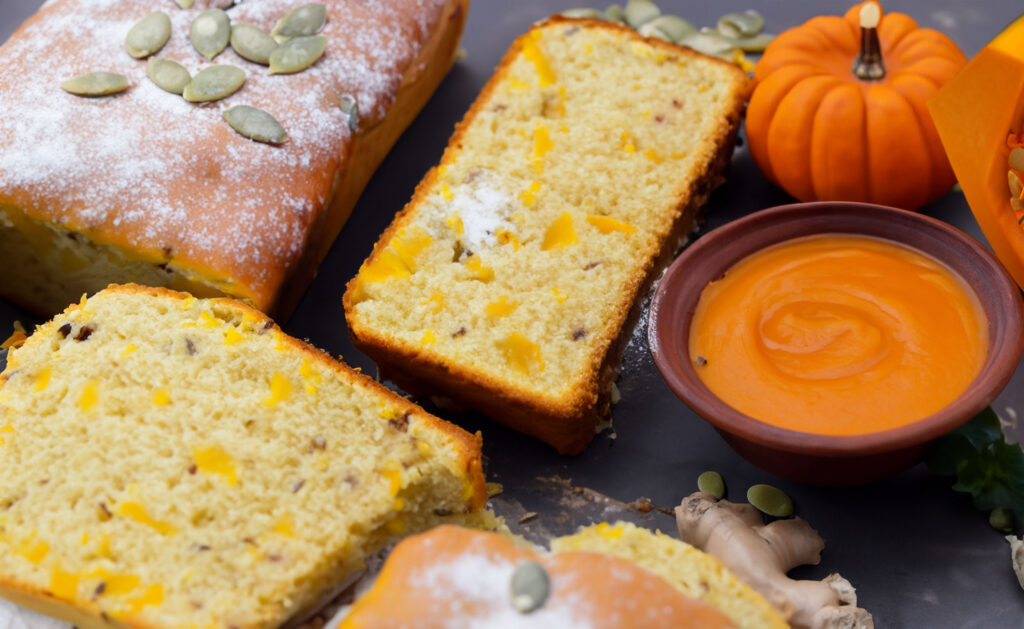
7 replies on “Pumpkins Without Borders- Connecting Indian and German Traditions”
Топовые бренды дизайнерской мебели премиум-класса.
Мебель премиум-класса Мебель премиум-класса .
Hi, roeddwn i eisiau gwybod eich pris.
Hæ, ég vildi vita verð þitt.
Xin chào, tôi muốn biết giá của bạn.
Дизайнерская мебель премиум класса — это воплощение изысканного стиля и безукоризненного качества.
При выборе мебели премиум класса важно учитывать не только внешний вид, но и функциональность. Советы профессионалов могут значительно упростить процесс выбора. Важно помнить, что дизайнерская мебель должна не только выглядеть хорошо, но и быть комфортной в использовании.
w5elxo
Kaixo, zure prezioa jakin nahi nuen.